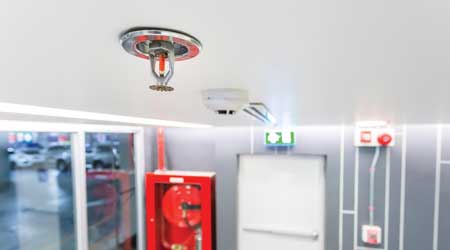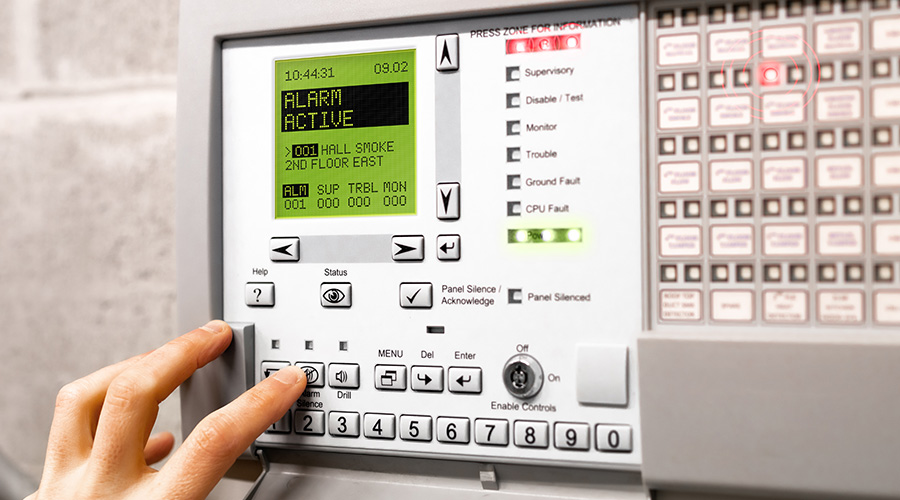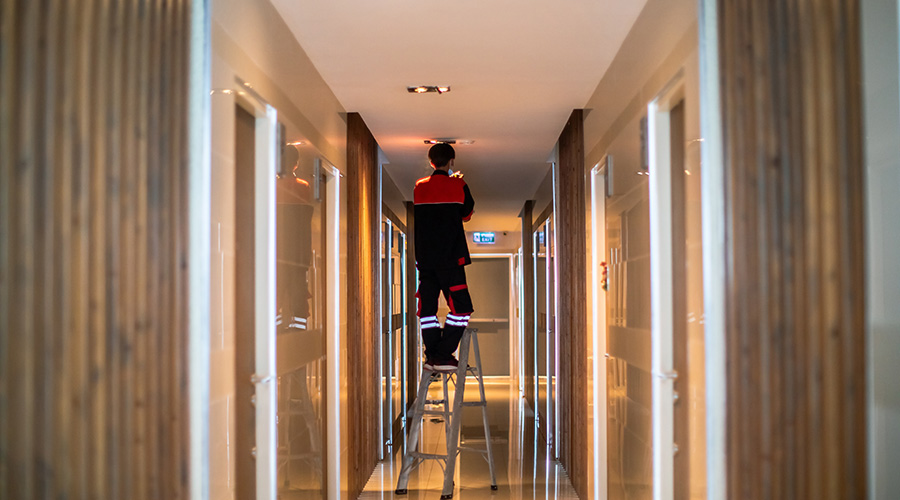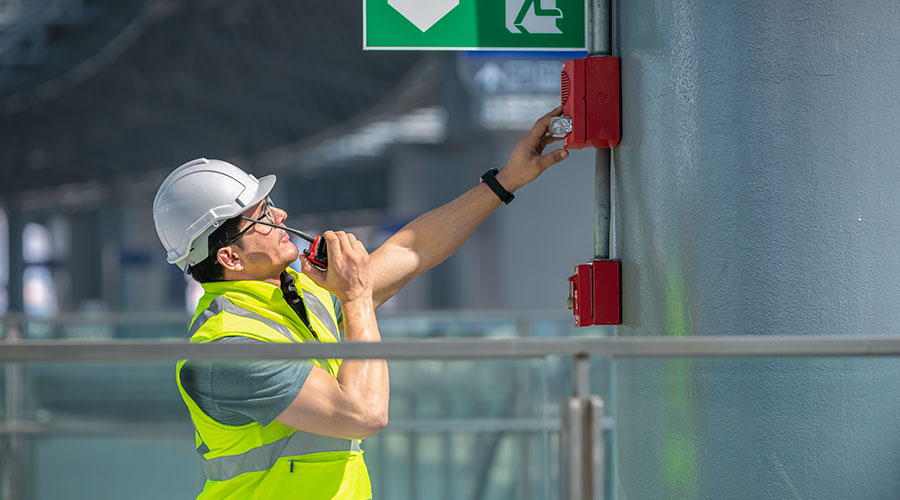How to Make Sure Fire Sprinklers Remain Functional
The reliability and effectiveness with which sprinklers operate cuts both the human and financial costs of fires. Here's how to make sure they will work when needed.
If fire suppression systems don’t operate when they should, both lives and property are put at risk. Fortunately, these systems usually do work as intended. A study by the National Fire Protection Association, “Sprinklers in Reported Fires during 2010 to 2014,” found that sprinklers operated effectively in 88 percent of fires in which they were present and the fires were large enough to activate them. And when they operated, sprinklers effectively controlled the fires 96 percent of the time.
The reliability and effectiveness with which sprinklers operate cuts both the human and financial costs of fires. The NFPA study found a 71 percent reduction in civilian deaths when healthcare facilities had installed automatic extinguishing systems. For stores or offices, the reduction was 68 percent, and in dorms or barracks, 100 percent.
The costs of property losses in stores or offices dropped by 50 percent when a sprinkler activated to control a fire, also according to the NFPA study. Losses dropped by 73 percent in healthcare facilities.
Why sprinklers don’t operate
Why don’t sprinkler systems work as intended? Nearly three out of five times, when sprinklers fail to operate, it’s because the system was shut off, the NFPA report shows. In 17 percent of cases, manual intervention defeated the system. Lack of maintenance came into play 10 percent of the time. A damaged component was the reason in 7 percent of cases. An inappropriate system for the type of fire also was to blame 7 percent of the time.
As the study shows, human activity (or lack of it) often is behind a malfunctioning sprinkler system. It is critical that building owners and facility managers stay on top of the inspection, testing, and maintenance (ITM) required for their sprinkler systems in a way that’s not always necessary with HVAC or lighting systems. If those systems aren’t working properly, building occupants will complain, and the systems typically get fixed. It’s a different story with sprinkler systems, says Steven Dellasanta, senior consultant with engineering firm Jensen Hughes. “Sprinkler systems are always in standby mode,” he says. “They are only called upon to work when they have to.” As a result, it’s critical that any deficiencies are fixed before the system needs to work.
“A regular program of sprinkler inspection, testing, and maintenance helps to identify deficiencies so they can be corrected,” says Eric Lee, technical director, fire protection with Environmental Systems Design. Additionally, building owners and facility managers need to follow up whenever the fire alarm panel status indicates, for instance, that valves have been closed or other trouble signals, he adds.
A starting point for a solid sprinkler ITM program is a working knowledge of the NFPA standards that govern the systems.
Related Topics:















